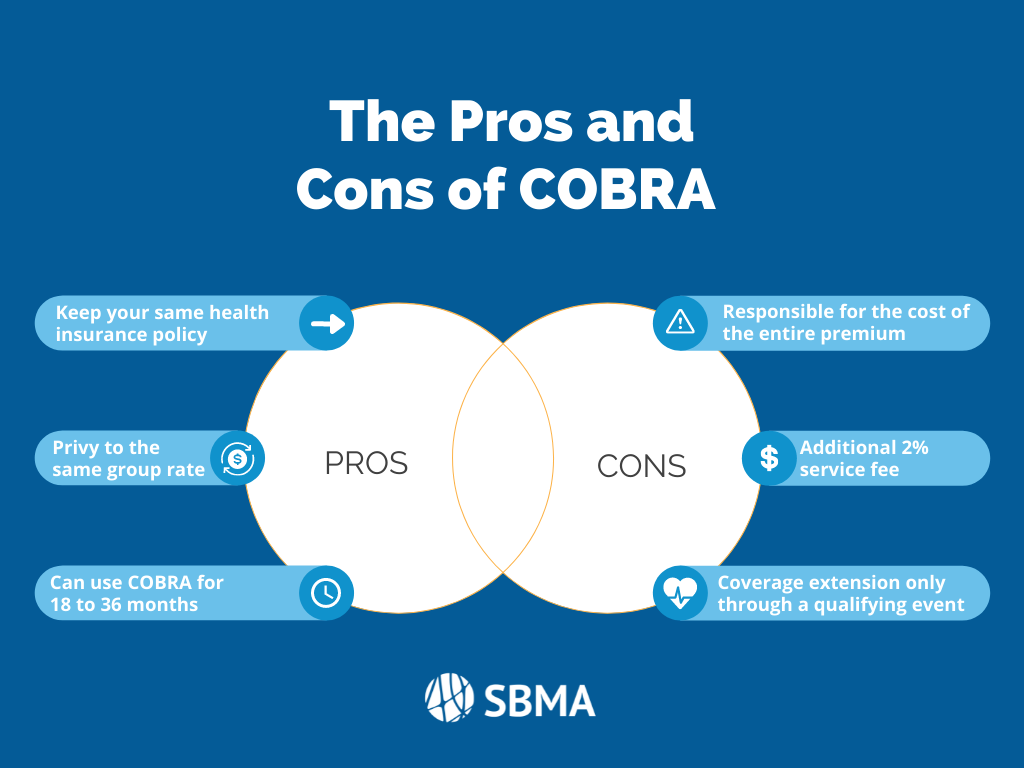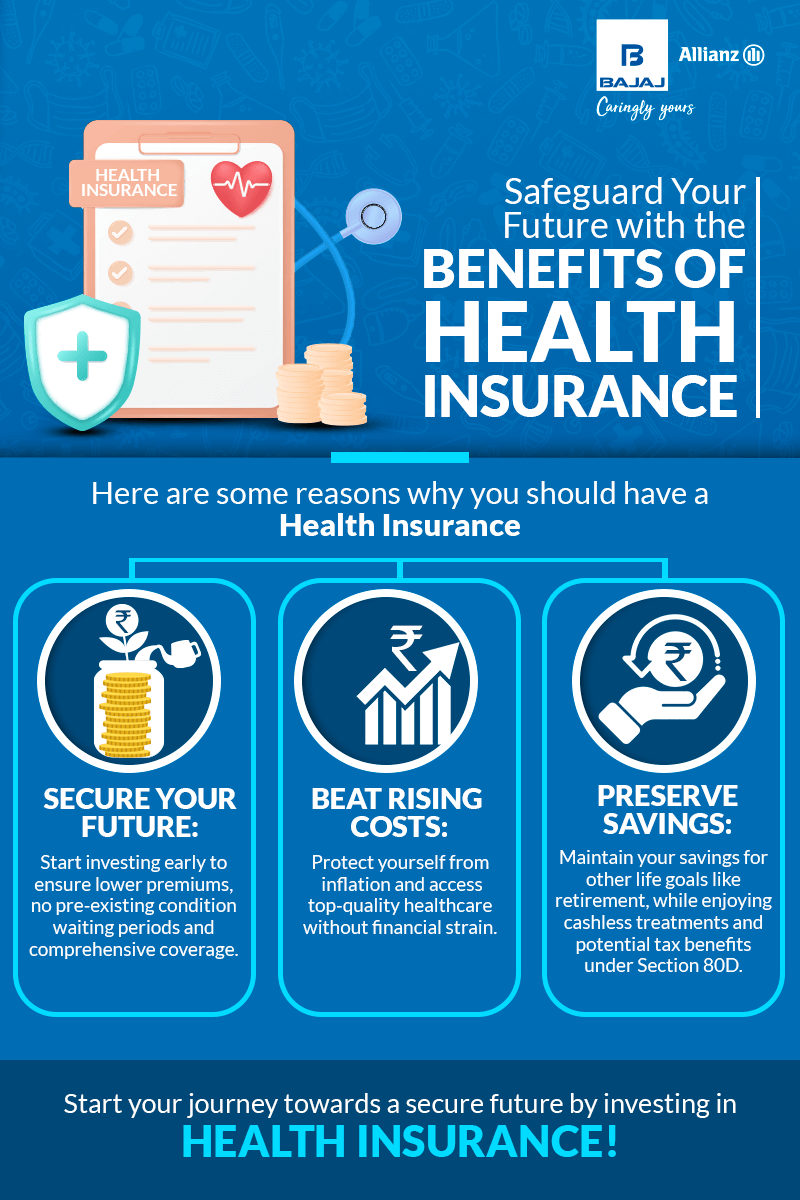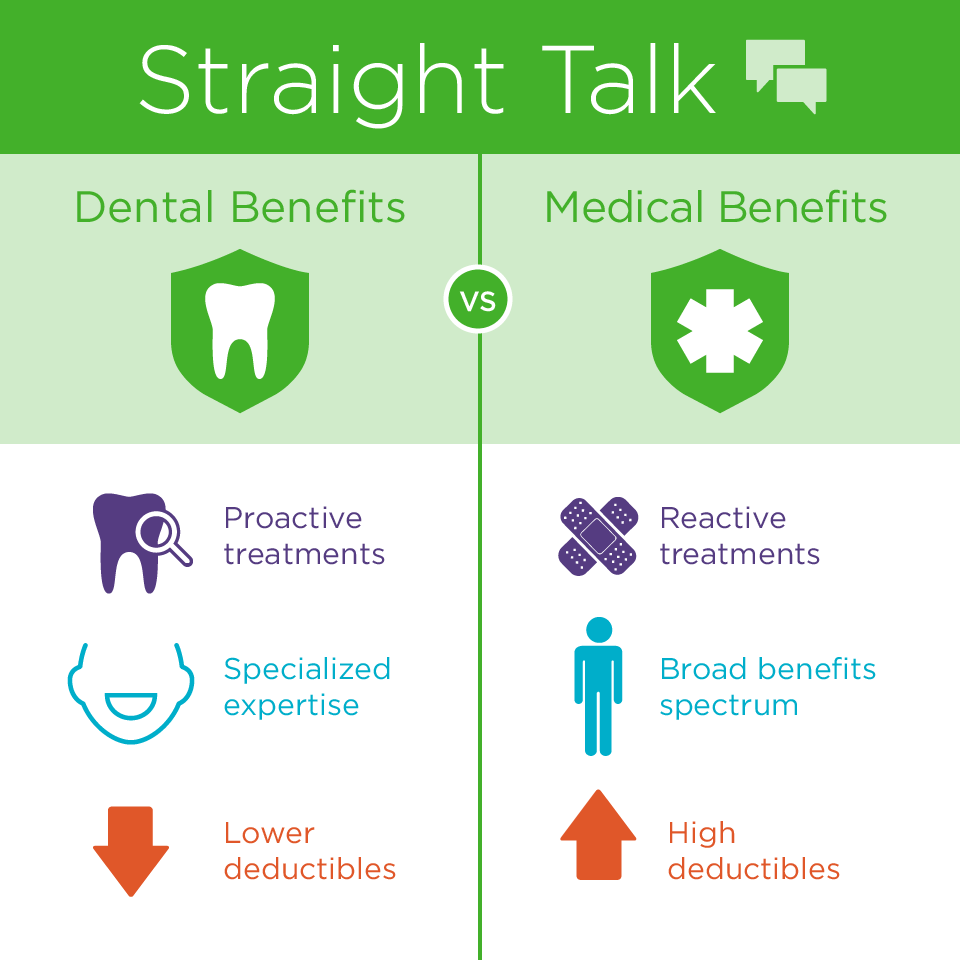The Single Strategy To Use For Medicare Advantage Agent
The Single Strategy To Use For Medicare Advantage Agent
Blog Article
What Does Medicare Advantage Agent Mean?
Table of ContentsSee This Report on Medicare Advantage AgentUnknown Facts About Medicare Advantage AgentEverything about Medicare Advantage Agent

adheres to from perplexing the reasonably young age profile of the uninsured with the much better wellness, usually, of more youthful individuals. This obscures the web link in between wellness standing and medical insurance. For those without access to work environment health and wellness insurance policy, bad wellness is a possible obstacle to acquiring nongroup insurance coverage since such insurance coverage might be extremely priced, omit preexisting problems, or be merely not available. The variety of uninsured Americans is not particularly large and has actually not altered over the last few years. 7 out of 10 respondents in a country wide depictive study believed that less Americans did not have wellness insurance than actually do(Fronstin, 1998). Approximately fifty percent(47 percent )thought that the number of people without health insurance coverage lowered or remained continuous over the latter half of the last decade(Blendon et al., 1999). This decrease of nearly 2 million in the number of people 'without insurance policy (a decrease
of around 4 percent)is absolutely a positive adjustment. With a softer economic situation in 2000 the current reported gains in insurance policy protection might not proceed(Fronstin, 2001 ). The decrease in the variety of without insurance will certainly not continue if the economy continues to be slow and healthcare expenses remain to surpass inflation. This is since the data were gathered for a period of strong financial efficiency. Of the estimated 42 million people that were without insurance, just about concerning 420,000(concerning 1 percent)were under 65 years old, the age at which most Americans come to be eligible for Medicare; 32 million were adults between ages 18 and 65, around 19 percent of all adults in this age team; and 10 million were children under 18 years of age, concerning 13.9 percent of all youngsters (Mills, 2000). These estimates of the number of individuals without insurance are created from the annual March Supplement to the Current Population Study (CPS), performed by the Demographics Bureau. Unless otherwise noted, nationwide price quotes of people without health and wellness insurance policy and percentages of the population with various type of protection are based on the CPS, one of the most commonly used resource of price quotes of insurance policy coverage and uninsurance prices. These surveys and the price quotes they generate are defined briefly in Table B. 1 in Appendix B - Medicare Advantage Agent. These surveys vary in dimension and sampling approaches, the concerns that are inquired about insurance
Examine This Report on Medicare Advantage Agent
protection, and the time duration over which insurance policy protection or uninsurance is gauged(Lewis et al., 1998, Fronstin, 2000a ). Still, the CPS is especially beneficial due to the fact that it generates annual estimates relatively rapidly, reporting the previous year's insurance coverage estimates each September, and due to the fact that it is the basis for a regular set of quotes for more than 20 years, enabling evaluation of patterns in insurance coverage with time.

Medicare Advantage Agent Things To Know Before You Buy
Over a three-year period starting early in try this out 1993, 72 million individuals, 29 percent of the U.S. population, were without protection for at the very least one month. Within a single year(1994), 53 million people experienced at the very least a month without protection(Bennefield, 1998a). 6 out of every 10 uninsured grownups are themselves utilized. Functioning does improve the probability that one and one's family participants will have insurance coverage, it is not an assurance. Also members of households with two permanent breadwinner have nearly a one-in-ten possibility of being without insurance (9.1 percent without insurance rate)(Hoffman and Pohl, 2000 ). The connection in between medical insurance and accessibility to care is well developed, as recorded later on in this phase. The relationship in between wellness insurance and health outcomes is neither straight neither basic, a considerable clinical and wellness services research literature web links health and wellness insurance coverage
to improved enhanced accessibility care, better far betterHigh quality and improved enhanced and population populace status. The 2nd record, on individual wellness results for uninsured grownups, is stood for by the innermost circle of the figure, while the third record, on household health, includes the topics of the 2nd record however highlights a different device of analysis, particularly, the family. The sixth record in the series will certainly present details regarding approaches and efforts undertaken in your area, statewide, or nationally to attend to the lack of insurance and its damaging impacts. Degrees of evaluation for analyzing the results of uninsurance. This discussion of wellness insurance coverage focuses mostly on the united state population under age 65 due to the fact that essentially all Americans 65 and older have Medicare or other public protection.
Additionally, it focuses especially on those without any kind of medical insurance for any type of length of time. The problems faced by the underinsured remain in some aspects similar to those faced by the without insurance, although they are normally much less extreme. Uninsurance and underinsurance, nevertheless, involve distinctly various plan problems, and the strategies for resolving them may differ. Throughout this study and the five records to comply with, the main emphasis is on individuals without any health and wellness insurance coverage and thus no aid in spending for healthcare past what is offered through charity and security net institutions. Medical insurance is an effective factor impacting receipt of treatment due to the fact that both people and doctors respond to the out-of-pocket rate of services. Medical insurance, nonetheless, is neither needed nor sufficient to gain accessibility to medical services. The independent and straight result of health and wellness
insurance insurance policy on access accessibility health services solutions well establishedDeveloped Others will get the healthcare they require also without medical insurance, by paying for it out of pocket or seeking it from service providers who provide treatment free or at extremely subsidized prices. For still others, health insurance alone does not make certain receipt of treatment due to various other nonfinancial obstacles, such as an absence of health care suppliers in their community, limited accessibility to transportation, illiteracy, or linguistic and cultural distinctions. Official research about without insurance populaces in the USA dates to the late 1920s and early 1930s when the Committee on the Price of Treatment generated a series of reports about funding doctor workplace gos to and Your Domain Name hospitalizations. This concern ended up being prominent as the varieties of medically indigent climbed during the Great Depression. Empirical researches constantly support the web link between access to care and boosted health and wellness end results(Bindman et al., 1995; Starfield, 1995 ). Having a routine resource of treatment can be taken into consideration a forecaster of gain access to, instead of a straight step of it, when wellness end results are themselves made use of as gain access to signs. This extension of the concept of gain access to measurement was made by the IOM Committee on Checking Accessibility to Personal Healthcare Solutions(Millman, 1993, p. Whether parents are insured shows up to influence whether or not their children receive care in addition to exactly how much careeven if the youngsters themselves have insurance coverage(Hanson, 1998). The health of parents can affect their ability to take care of their kids and the degree of household tension. Stressing over their youngsters's accessibility to care is itself a resource of tension for parents. 3 phases adhere to in this record. Chapter 2 provides a summary of just how employment-based medical insurance, public programs and individual insurance policy policies operate and communicate to give comprehensive but incomplete protection of the united state population. This consists of an evaluation of historical trends and public policies impacting both public and personal insurance policy, a discussion of the communications among the different sorts of insurance, and an evaluation of why individuals move from one program to another or finish up

Report this page